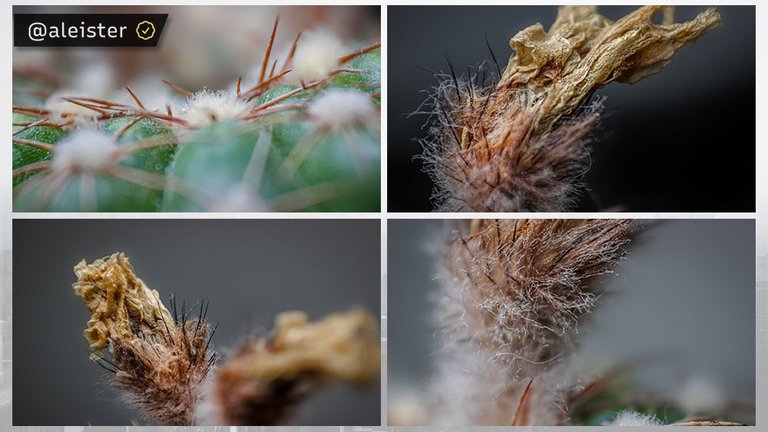
Hi everyone
In this photographic work, the cactus itself represents a good source of details and textures. The way he was, half forgotten, at the mercy of time on the windowsill. The dust particles and small threads that accumulate there are like the marks of time, which give a certain depth to the image.
The flower, which previously had vibrant colors, and is now in a more discreet, almost twilight phase, easily stands out as the central point of the session. The natural degradation of the petals, now burnt and dry, is a representation of the changes that all living things go through, a visual reminder of the impermanence and transience of beauty. The flower doesn't have to be at its peak to be beautiful, there is something intriguing about capturing this moment of transition, almost like a farewell.
Technical Description of Macro Photography Session
Camera Settings
Focus Mode: Manual focus to ensure precision in specific details of structure.
Aperture: Variable aperture between f/4 and f/5 for adequate depth of field, ensuring all important details are in focus.
ISO: Low ISO setting (800) to minimize noise in images.
Shutter Speed: Adjust shutter speed as needed to avoid underexposure, while maintaining a value that allows you to capture sharp details.
Procedures
- Environment Preparation:
Assembling the macro photography set in a controlled environment, minimizing the presence of dust and ensuring a clean and white surface for positioning the subject. - Section Positioning:
Placing the subject in position that highlight the unique characteristics, using appropriate supports to keep the example stable. - Lighting Adjustment:
Setting the LED lights to provide uniform illumination, adjusting the intensity and angle of the lights to eliminate unwanted shadows. - Image Capture:
Taking multiple shots with variations in aperture settings, shutter speed and capture angle, exploring different perspectives and compositions. - Image Review:
Immediate analysis of images captured on the camera's viewfinder to ensure that all desired details were captured sharply and clearly. - Post-Production Editing:
Importing images into editing software (Adobe Photoshop CS) to adjust brightness, contrast, sharpness and remove any imperfections.

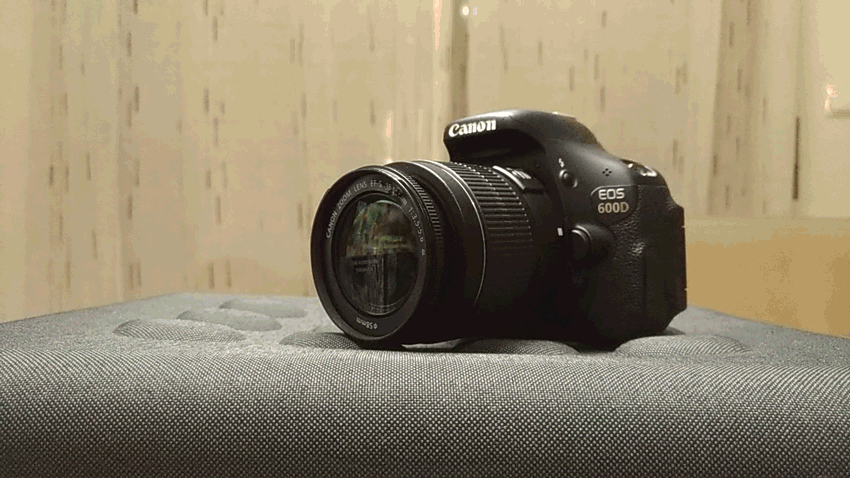
Among the numerous techniques available for macro photography, this method is arguably the most cost-effective and efficient for individuals possessing a camera with a removable lens. By simply detaching the lens and reversing its direction, and employing an inversion ring, the process becomes more manageable and streamlined.
Used equipments
Camera: Canon EOS 600D Digital SLR with CMOS sensor
Lens: EFS 18-55mm with f/5 maximum aperture, allowing shallow depth of field and capturing fine details.
Used inverter ring
Tripod: not used
Lighting: Adjustable LED lights to provide soft, even lighting, avoiding harsh shadows and highlighting the details of structures.
Session Purpose
The main objective of this macro photography session is to capture detailed images, with a focus on thoroughly observing and documenting all characteristics and visual details. Furthermore, i seek to create attractive visual compositions for publication on this blog, aiming to share the beauty and complexity of this structure.
Let me present today’s model:
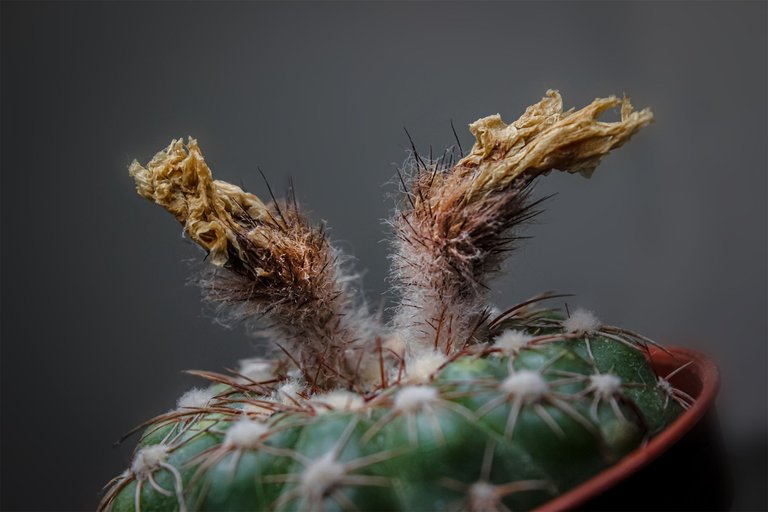
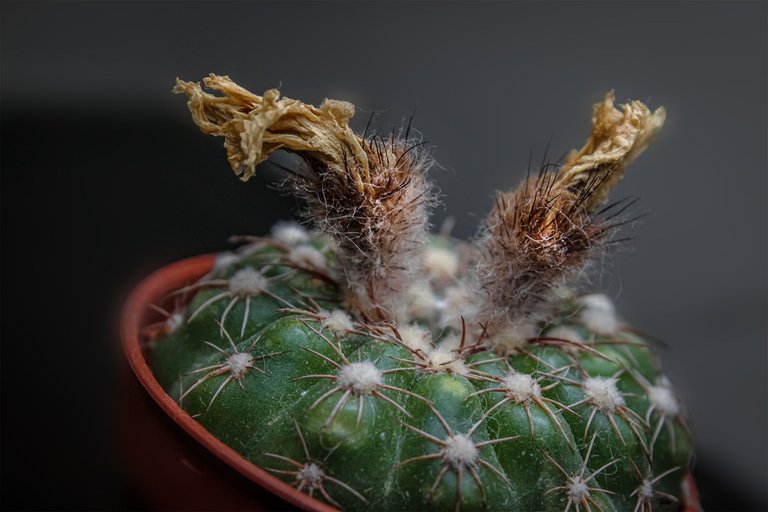
Before moving onto the result...
- My introductory thoughts about macro photography:
Macro photography, by allowing the capture of minute details that are often invisible to the naked eye, opens up a universe of possibilities in the exploration and dissemination of new layers of reality. Personally, I believe that this photographic technique offers a privileged window to reconfigure our perception of the world, bringing to light the intrinsic complexity of objects, living beings and seemingly banal phenomena. Macro photography, by expanding the visual field, allows us to observe textures, patterns and structures that would otherwise remain unknown or undervalued.
One of the aspects that fascinates me most about this technique is its ability to generate a diversity of unique perspectives. By focusing on details that would normally go unnoticed, macro photography reveals the richness and complexity of the microscopic world, which are often beyond the reach of the conventional human gaze. This not only transforms our relationship with our surroundings, but also challenges us to reconsider notions of scale and visual importance.

Let's now move onto the result:
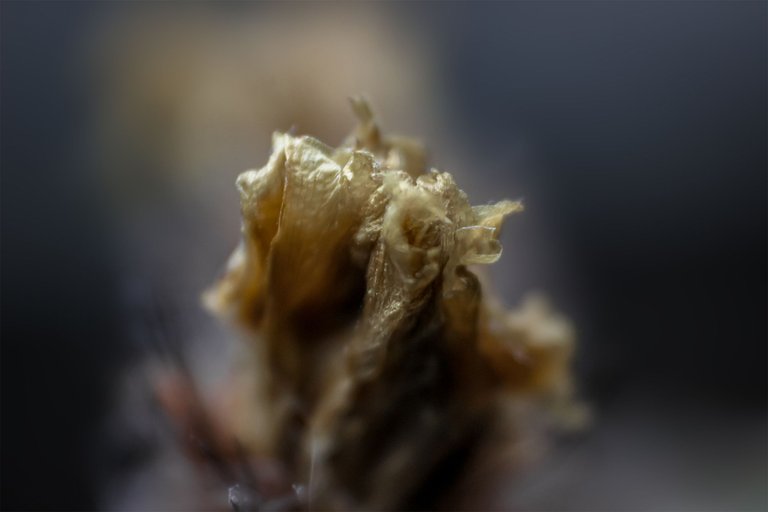

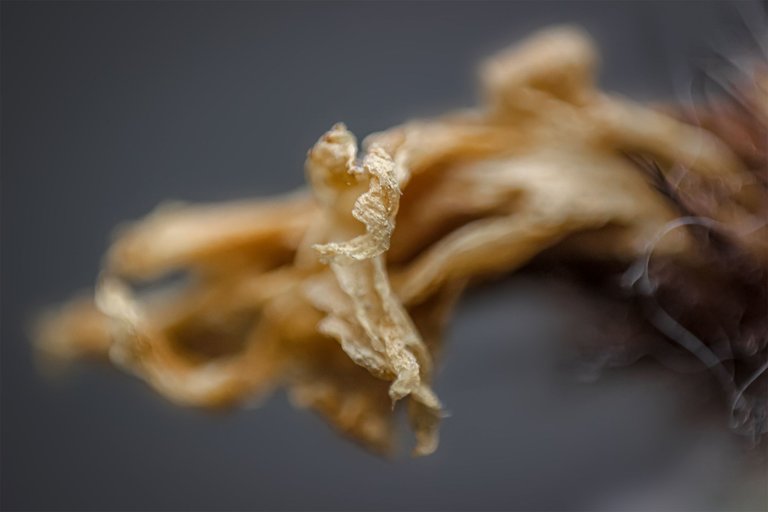
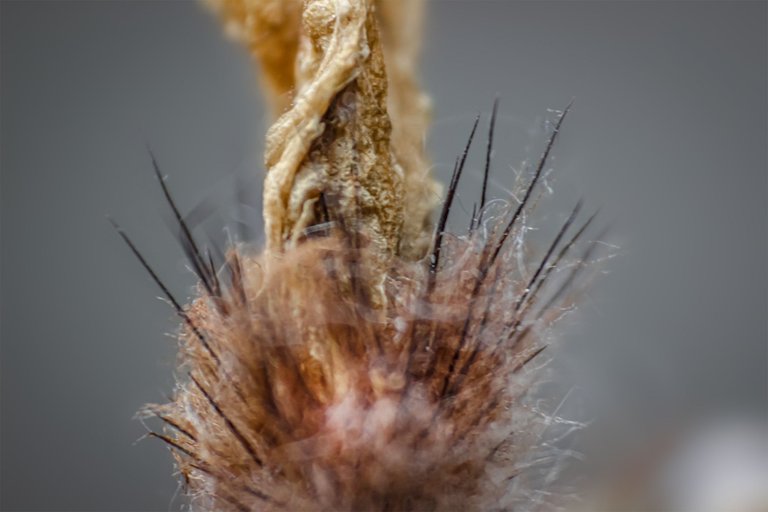
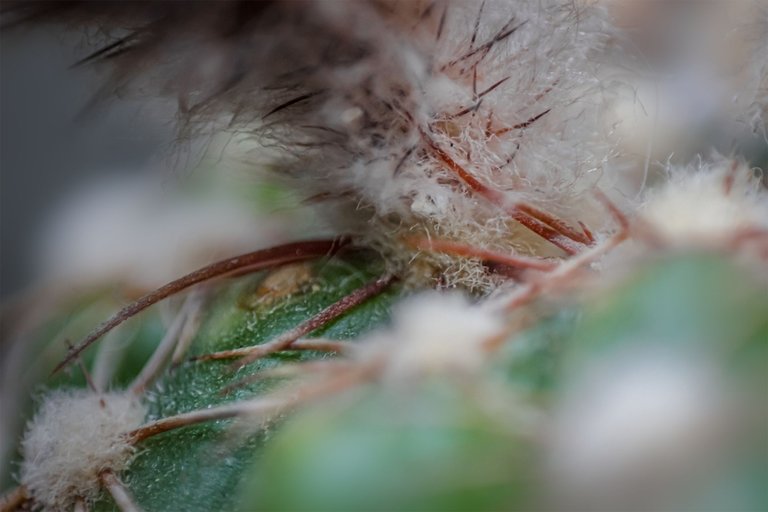
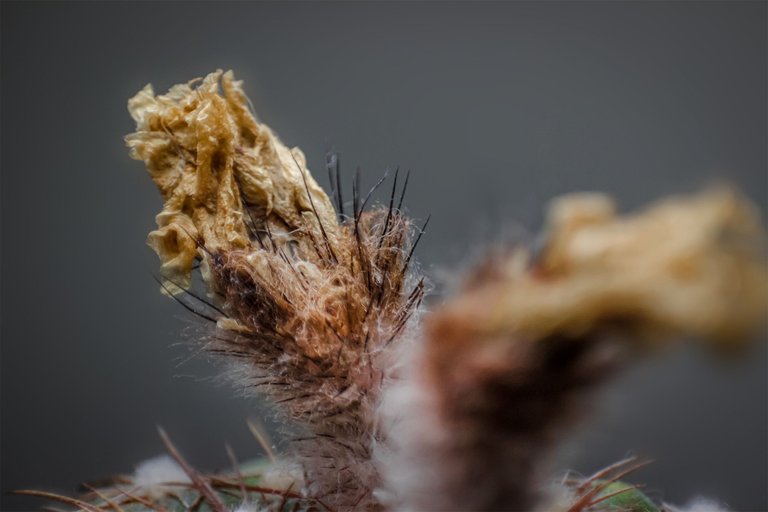
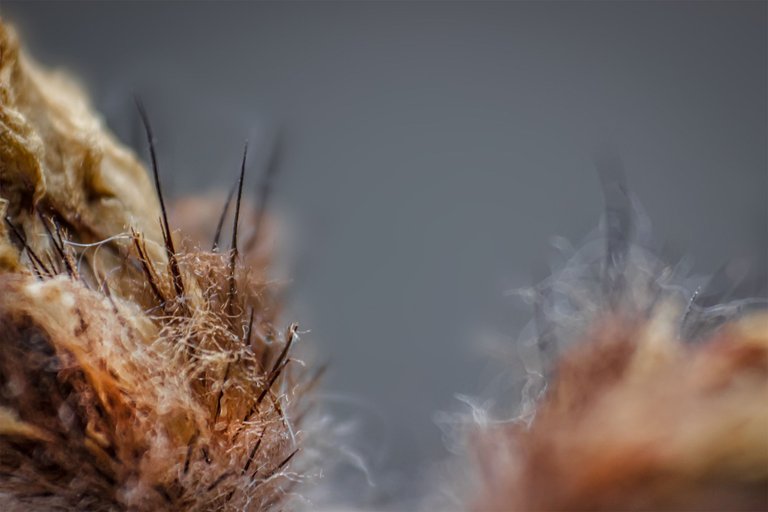
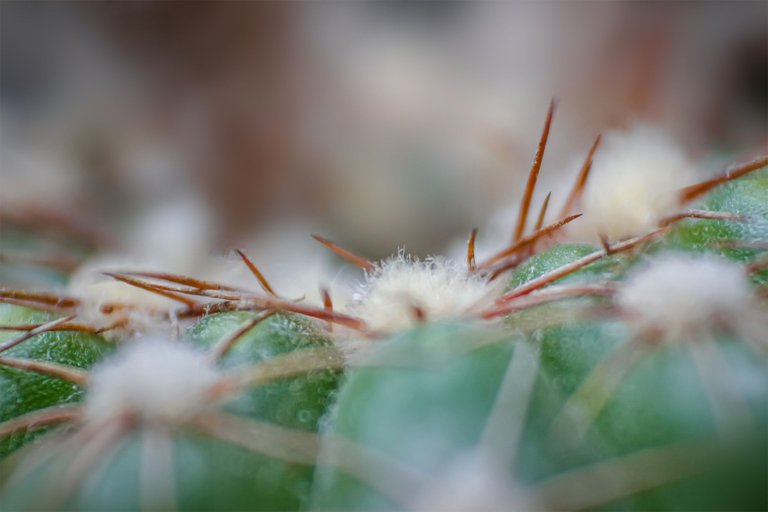

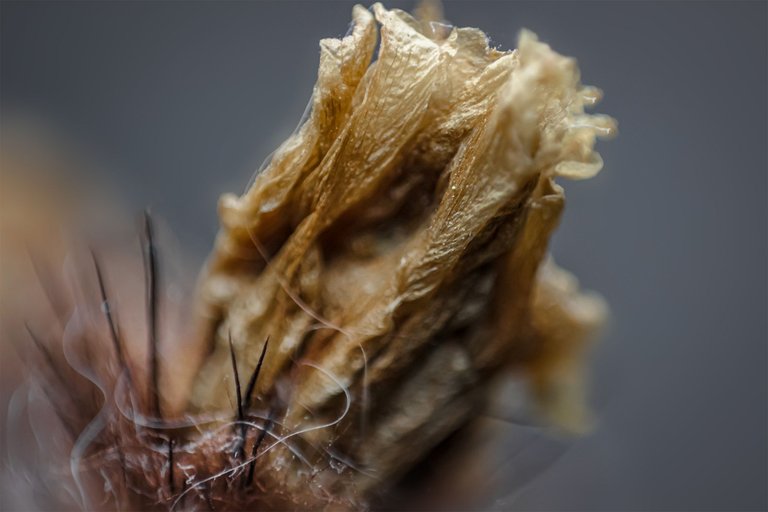
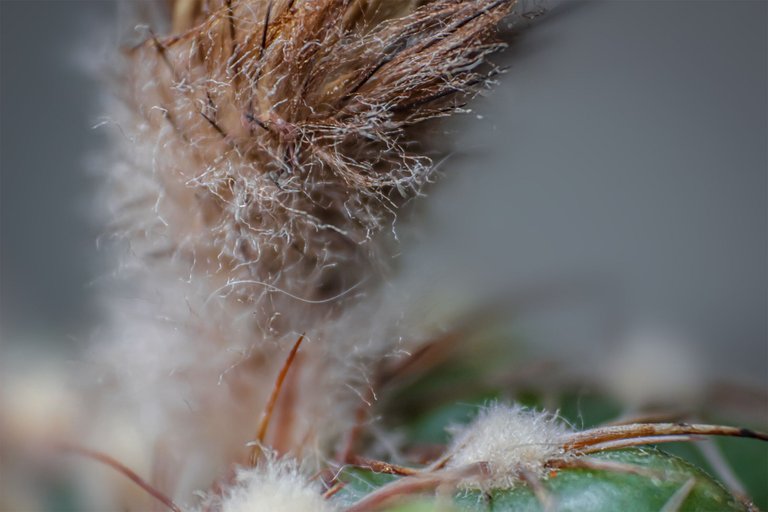
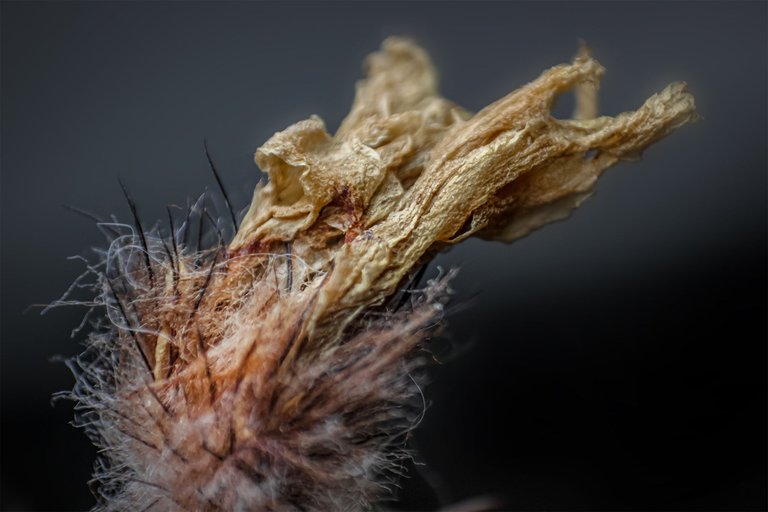
In Photoshop, where I edited the images, I tried to enhance certain characteristics. I intensified some contrasts to highlight the almost worn colors and bring out the depth of the textures. Although I tweaked some details, I let the nature of the object speak for itself.
Ultimately, this work exceeded expectations. Through the macro perspective, it is possible to see the cactus and flower in a way that the human eye could hardly capture, revealing a wealth of imperfect and organic beauty. This photo shoot became, for me, a way of honoring the simplicity and complexity that coexist in every small detail of nature, and made me realize how much fascinating we can find in the ordinary, as long as we are willing to look carefully.
The session is closed for today.
Hope you like it :)

These photos weren't taken with a tripod
Camera - Canon EOS 600D
Lens - EFS 18-55mm
Location - PortugalPhoto by @aleister

See you soon
Thank you for watching
Never forget
The price of anything is the amount of life you trade for it.
Time is life... value yours, make every fraction worth it.